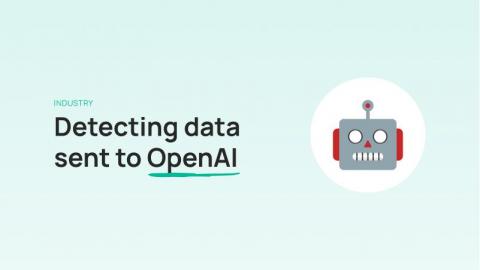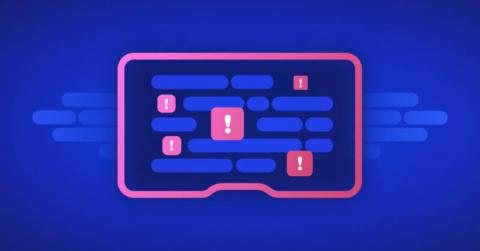DevSecOps for OpenAI: detecting sensitive data shared with generative AIs
It is clear a new technology is taking hold when it becomes impossible to avoid hearing about it. That’s the case with generative AI. Large language models (LLMs) like OpenAI’s GPT-4 and the more approachable ChatGPT are making waves the world over. Generative AI is exciting, and it’s causing a real fear of missing out for tech companies as they try to match competitors.










